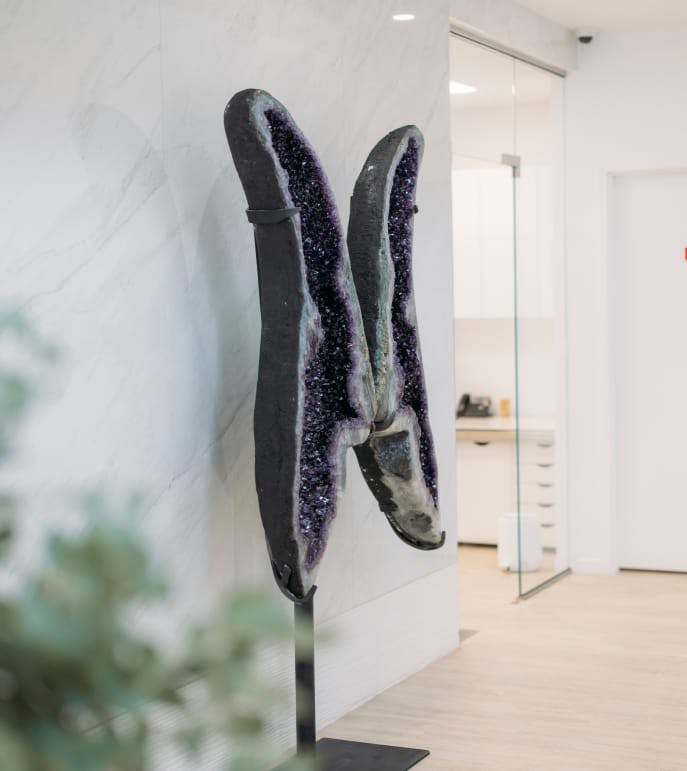Many women are concerned about the size, shape, and appearance of their inner labia.
What About the Clitoral Hood?
Other women have a prominent clitoral hood where tissue is bunched up at the top of the vaginal cleft or vaginal opening. This can be from the elongation of the clitoral hood tissue as well as the clitoris itself. Remember that the clitoris is not just a ball of tissue but rather should be viewed as a shaft, much like the shaft of a penis. There can be elongated and shortened clitoral shafts; most often, the hood tissue corresponds to the clitoral length.








